Warrior Breath: Astrological Archetypes & Yoga
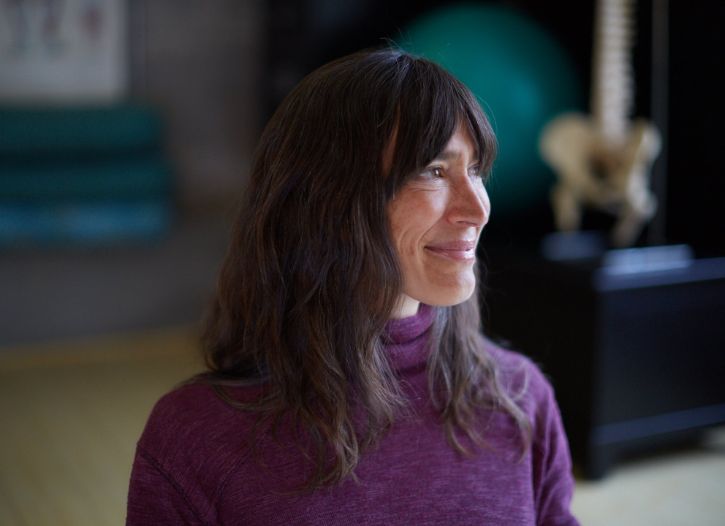
A short time after I moved to Asheville, NC in 1996 I stumbled upon a little yoga practice room above an antique shop downtown. There was no sign outside advertising it as a studio or practice space. At the top of a narrow and creaking staircase there was simply a wooden bowl for donations.
Bhakti Yoga: The Flow of Devotion
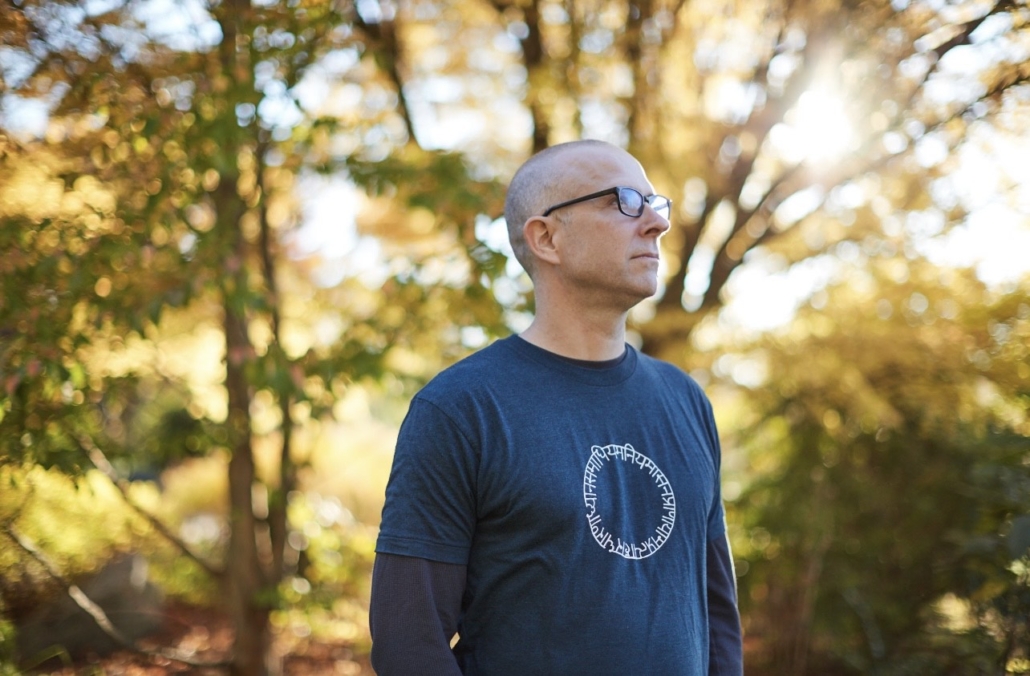
Bhakti means devotion, a deep yearning to experience love in its purest form. According to Dr. Shyam Ranganathan, Bhakti is identical to Yoga as a basic ethical theory that originated in South Asia. Although it is often confused with Theism, a decolonized view of Yoga or Bhakti does not require any beliefs.
Don’t Forget to Nurture Your Personal Practice
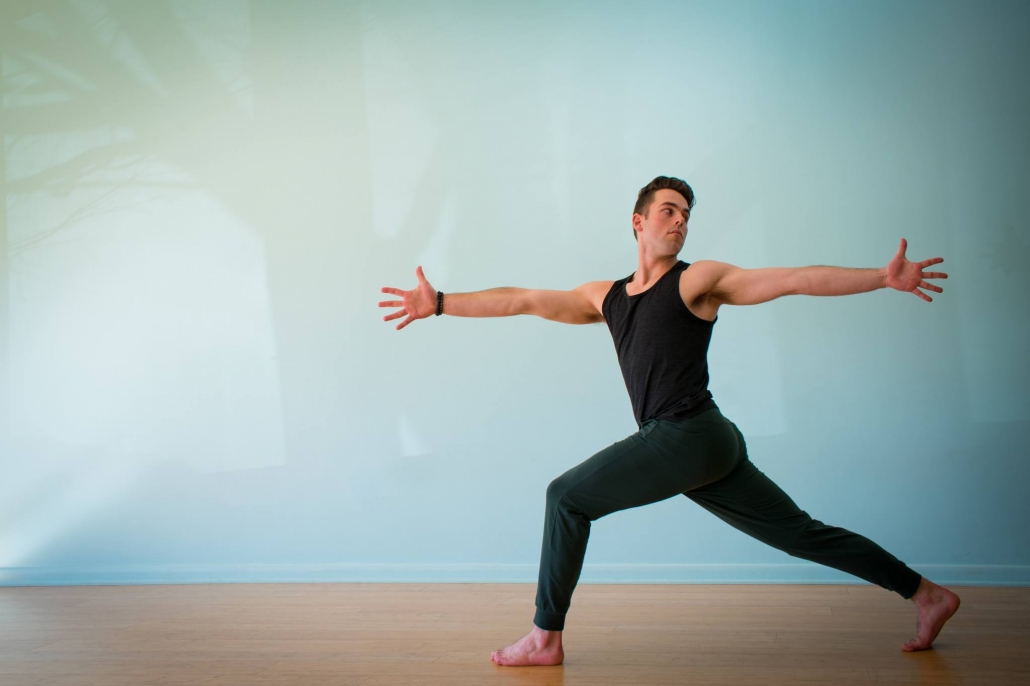
Self-Care Tips for Yoga Teachers Despite the therapeutic nature of yoga, being an instructor does not come without its challenges. With hours spent teaching multiple yoga classes at different yoga studios and events – in addition to taking time to prepare for workshops – it can be challenging to make time for your personal practice. […]
What is the 200-Hour Training Experience You Need?
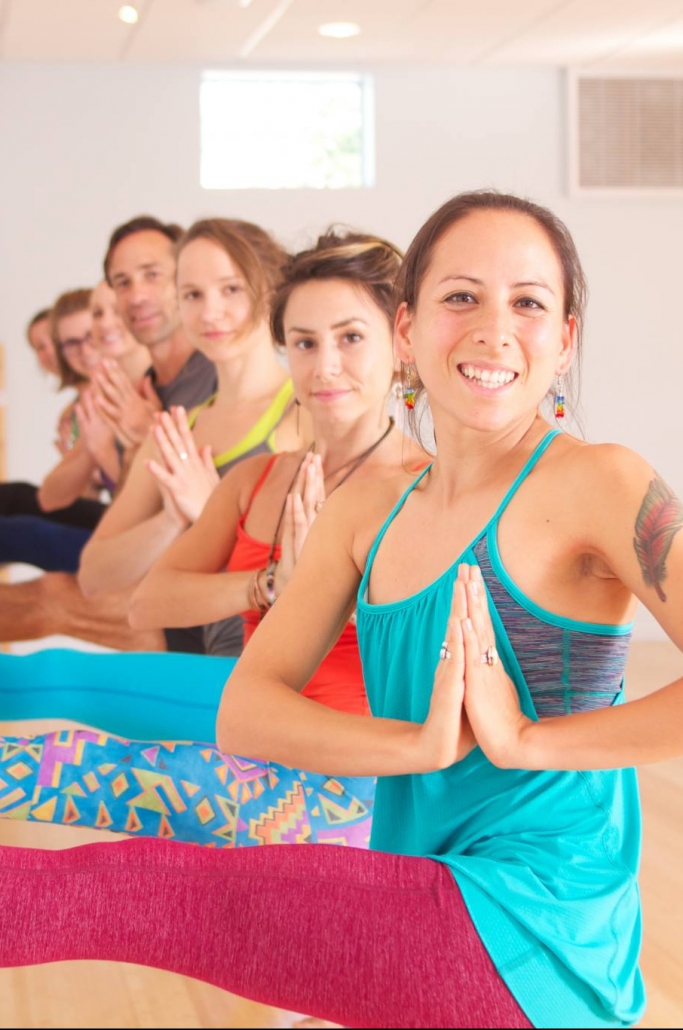
Find the Program Option to Fit Your Schedule Are you ready to dive into 200-Hour Yoga Teacher Training? This in-depth curriculum will give you the confidence and experience you need to start educating and sharing the love of yoga with others while providing a deeper understanding of yourself through the process! We realize that life […]
Know Your Boundaries
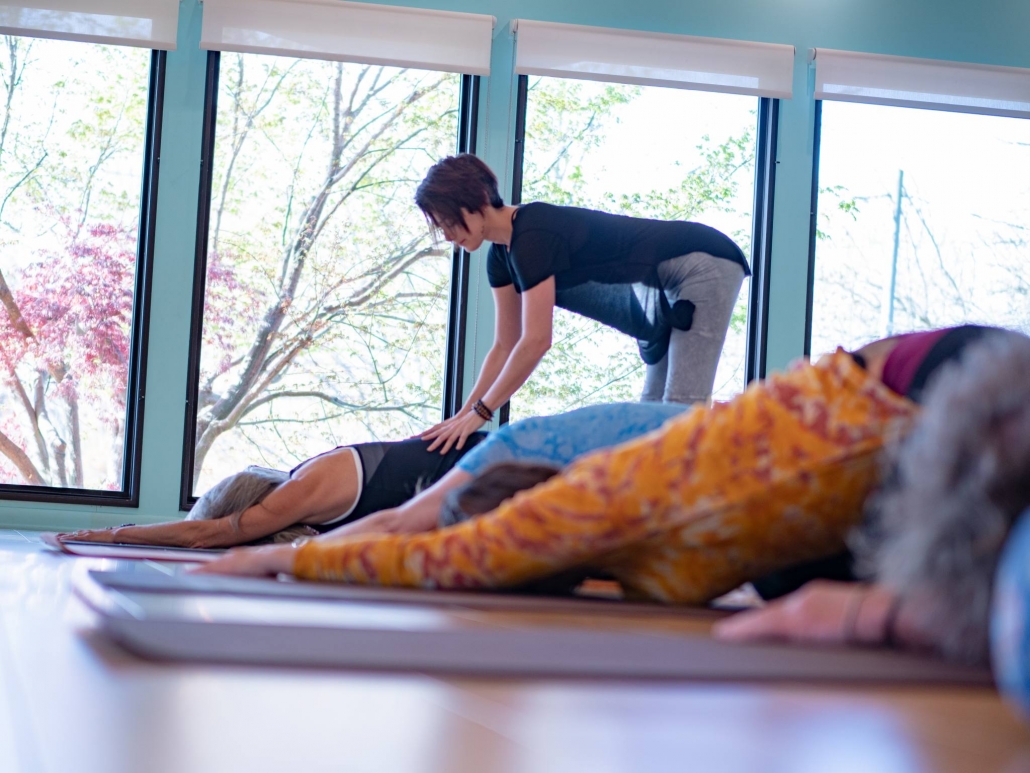
Consent in the Classroom In a recent article written for the New York Times, journalist Katherine Rosman found herself face-to-face with the issue of consent and hands-on assists during Asheville Yoga Festival this past summer. During a four-hour workshop titled “Inversions and Adjustments” with Jonny Kest, she found herself in a unique situation. A woman […]
Learn the Tools to Be an Inspiration to Others
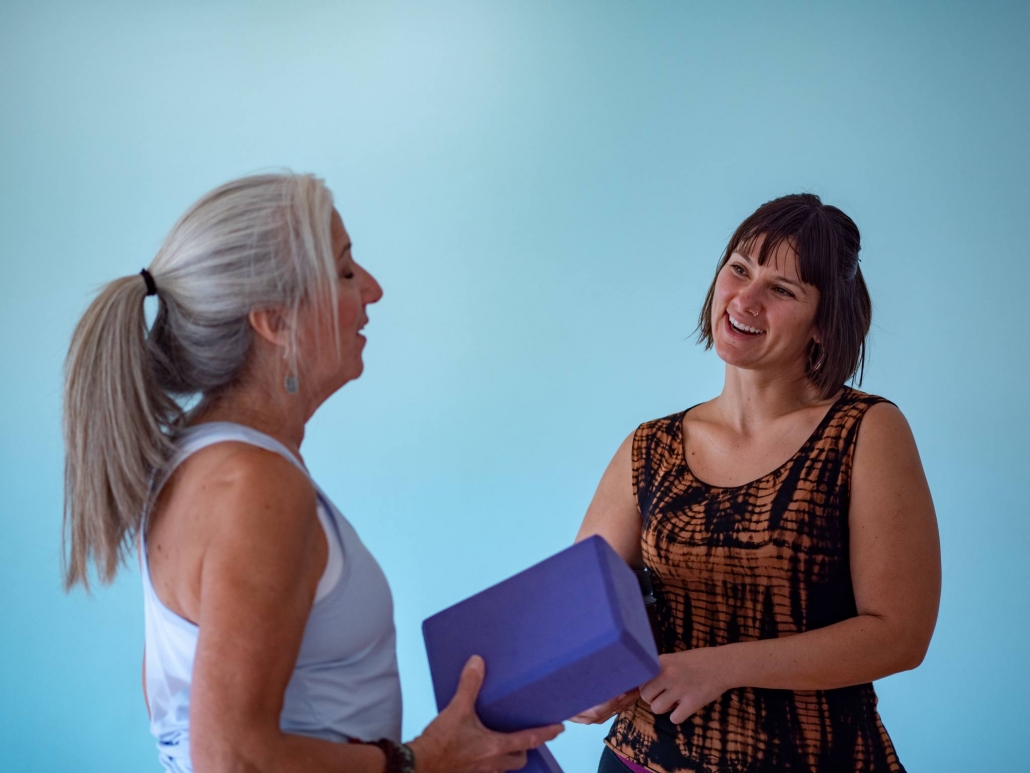
Show Your Light Take a minute to think about some of your most influential yoga teachers. How did they impact your life? What qualities did they possess that made you admire them? Yoga teachers are some of the most nurturing, impactful people that you will meet in your life. Going through 200-Hour teacher training will […]
Advancing with the Basics
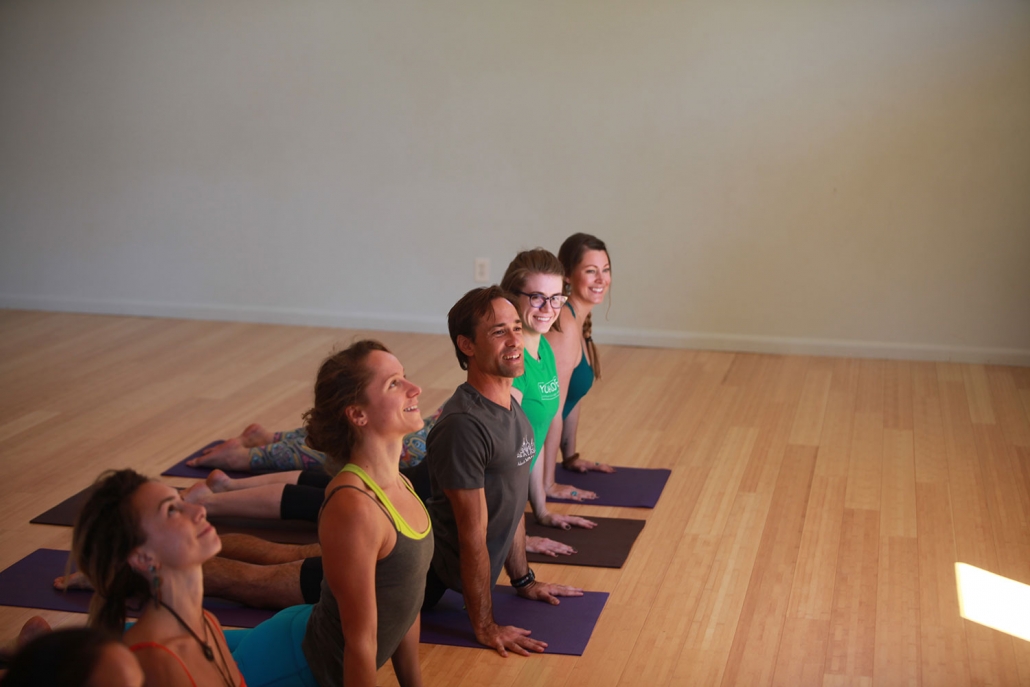
Advancing with the Basics How the fundamentals of yoga will prepare you for being a yoga instructor. Teaching yoga is an art that’s developed over years of experience, but it all starts with the basics. Without mastering the fundamentals of yoga, you can’t expect to master the art of teaching the practice to others. One […]
Instructor of the Month: Kimberley Puryear
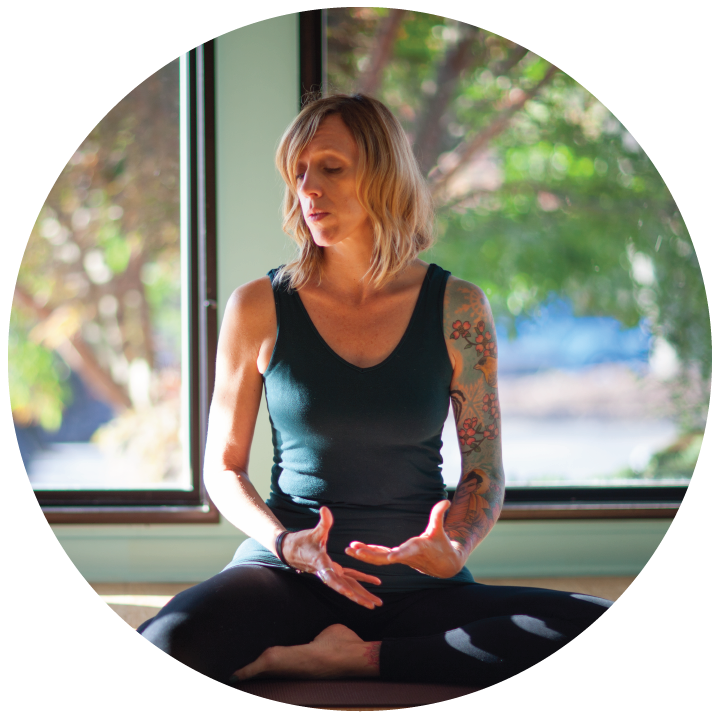
Instructor of the Month: Kimberley Puryear Taking one of Kimberley Puryear’s classes is to get an hour-long education in authenticity and self love. The moment you lay out your mat in her Tuesday evening Yin class, you are welcomed by Kimberley with a smile (usually followed by a funny one-liner). Although the class is always […]
Instructor of the Month: Michael Johnson
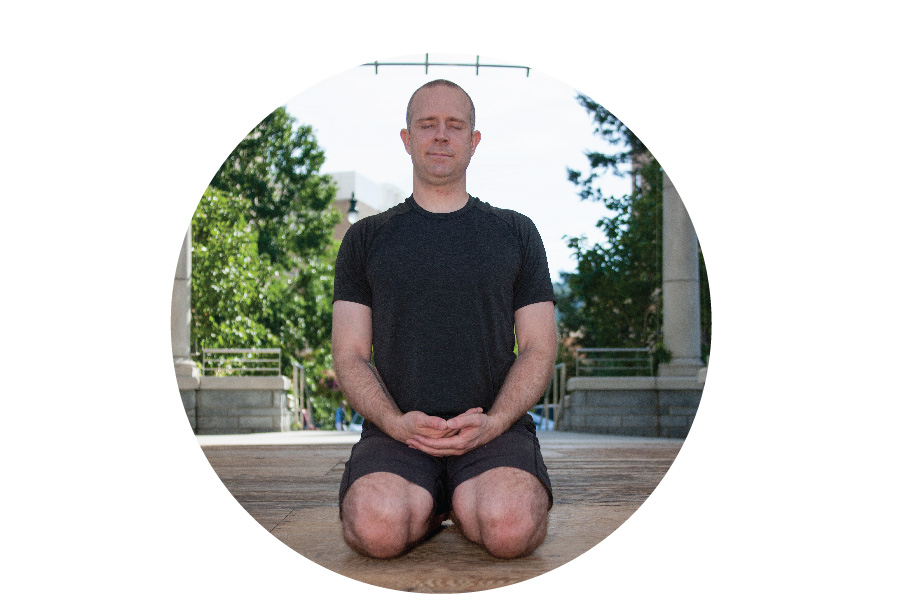
Michael Johnson is a compelling mix of creative yoga instructor and curious student of the mind. The root of his interest in meditation lies in its ability to help with neurological disorders and for developing wellbeing. Michael’s worldview and meditation practiced changed when he read Buddha’s Brain by Rick Hanson and Richard Mendius. In this book, […]
Is Yoga Enough?
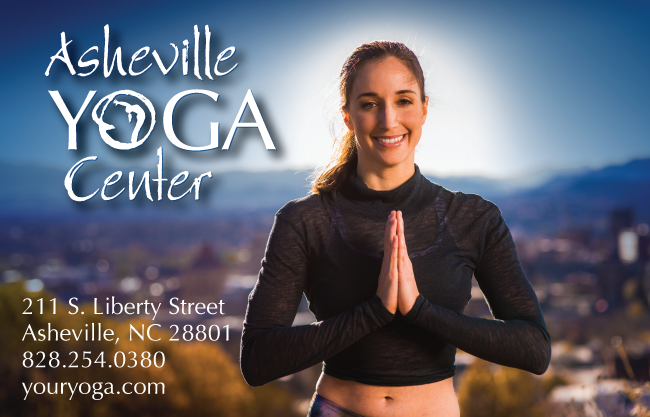
How Ayurveda Compliments Your Yoga Practice By Stephanie Keach Hatha Yoga does an amazing job at strengthening, stretching and detoxifying the body, while helping to replenish and rejuvenate all the internal glands and organs. Yet for some, it may not be enough for full wellbeing. Yoga has a sister, her name is Ayurveda (both born […]
